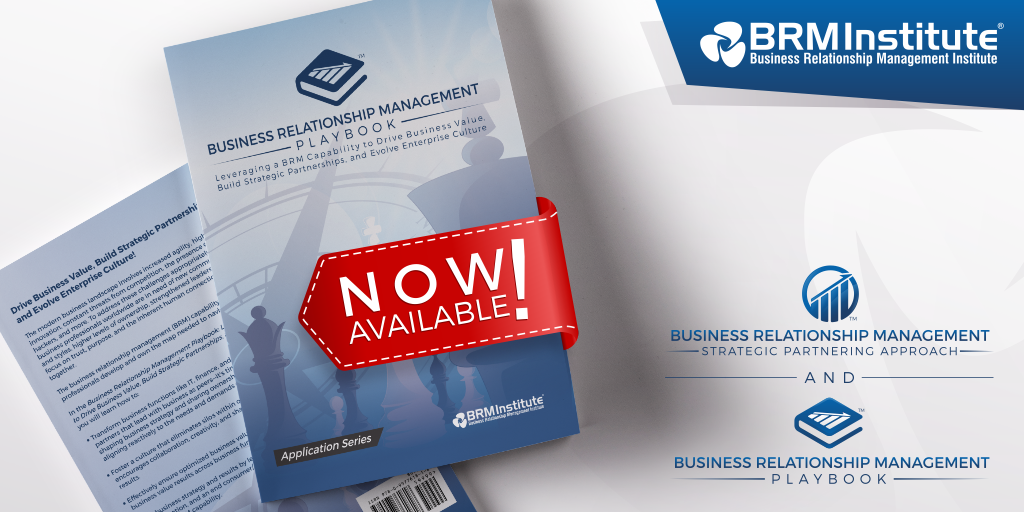IT As A Crucial Participant, Not An Afterthought

IT Leaders Must Change How They Participate
The speed with which change is ripping through IT organizations can be numbing and business leaders across industries are questioning the value of their IT organizations. Executives don’t want a costly group of individuals to simply keep the lights on, they need IT leaders who can be strategic and innovative. This search for innovation is stimulating the recent increase of leadership transition at the helm of the IT freighter. It seems every pertinent publication contains articles espousing the need for leaders to transform their IT organizations, but very few of these articles gives any suggestions on how this is to be accomplished. The insurgence of editorials stating that CIOs need to transform, faces the same lack of useful suggestions as to how. Success, once defined as “having a seat at the table”, is now defined by the relationships one develops, maintains and from which mutual value is gained. Successful IT organizations know that they must think differently, behave differently and deliver differently, BUT HOW?
Start with Your Business Relationship Management Playbook
Have you ever heard of a general not having a battle plan, an architect without a blueprint or a championship coach without a playbook? The goal is to win the battle, build the house or win the big game, and the playbook is “how” the leader plans on achieving that goal.
What a BRM Playbook Is Not
This is not to be confused with prescriptive directions or process. What we have seen many times is the misconception that having an archive of industry-based methodologies and standardized processes constitutes a playbook. These are tools. The playbook is how you will enable the right people to utilize the right tools at the right time to achieve your goal. How do you build the playbook?
Start with Your Quarterback
Experience shows, the quickest way to launch your plan is to start with someone who possese the right capabilities. Find the person who developed this type of structure before with proven results of driving value and strategy.
Immediate membership on your leadership team is the next step. Work in concert with them to design the plays that will take your IT organization to the next level. Return to the old adage and don’t reinvent the wheel, just put your own spin on it.
Core Capabilities & Technology
The ideal candidate possesses specific core capabilities to achieve success for IT.
Being a strategic partner in the C-suite is a must have.
- This individual needs to be able to articulate business needs and establish a sense of urgency. They need to contribute to both the business and IT strategic thinking and leadership activities.
- He or she will need to connect the IT products and service to business objectives via demand shaping to deliver optimal value.
- Ability to conduct a business demand maturity assessment and an IT capability assessment is a critical competence.
- The value comes from surfacing the gap and driving the improvement plan.
The Starting Lineup
The next step is to allow that person the latitude to build a team. The level of success is a direct correlative to your leader knowing how to build a mutual support model.
That model requires certain skills:
- Powerful communications skills which mean expert level IT knowledge coupled with business articulation.
- A high degree of industry-specific knowledge, meaning high business IQ.
- Expert level understanding of the provider (IT) services and capabilities.
- These individuals will be connectors, orchestrators, and cultivators between IT and peers
- Active listening followed by reframing of the message to influence and persuade key stakeholders is a skill your team must possess. Active listening is essential to know which methodology/tool to use.
BRM Playbook Must-Haves
A BRM playbook must contain an outline of the steps used for strategic relationship management.
Also necessary is a description of how to engage business and surface gaps in IT’s current understanding of their partner’s needs. Many IT leaders still dangerously consider building a service catalog as the first step in building aplaybook. This would be like a coach drafting many pages for multiple running and passing plays for football only to discover that he is leading a baseball team.
Arguably, the most common problem today is the false assumption that IT knows all they need to about their partner’s needs. To prevent this from happening, start with…
Business Partner Value Assessment
- This clarifies what are table stakes, what are satisfiers and what are differentiators.
- Asking the right questions during this assessment is where innovation lives.
- Building a mind map that graphically illustrates elements will illuminate those areas where innovation is lurking.
These techniques will lead you to diagnose the quality of the services you are delivering and allow you to execute on improvements. Ultimately, you will be able to extend and expand to deliver higher quality solutions and value back to the organization.
There are many stages and plays in a playbook and this is a start to your plan. This is how the next generation of CIOs will drive IT innovation, eliminating the identity crisis of IT, and allowing the convergence with the business to propel the strategy of the organization.

Chris Clancy
Global IT Strategist and Transformational Executive

This is interesting and timely!